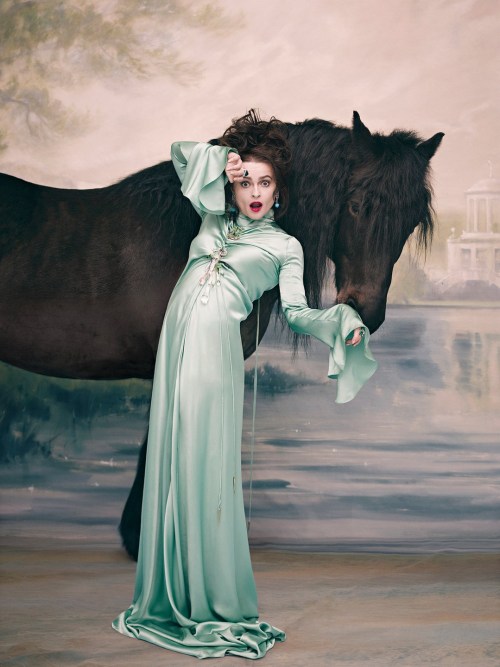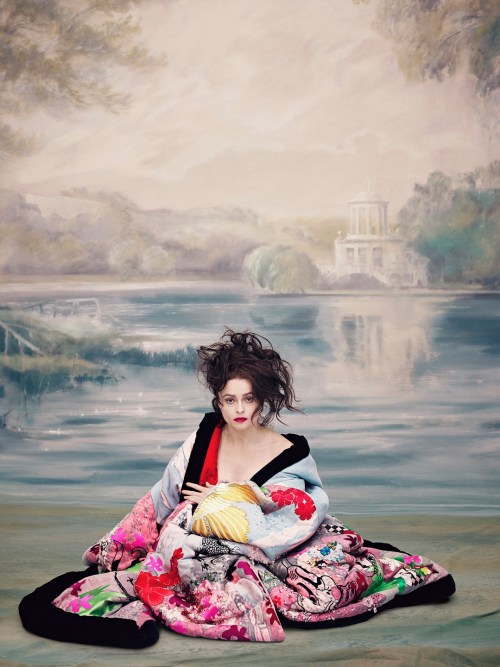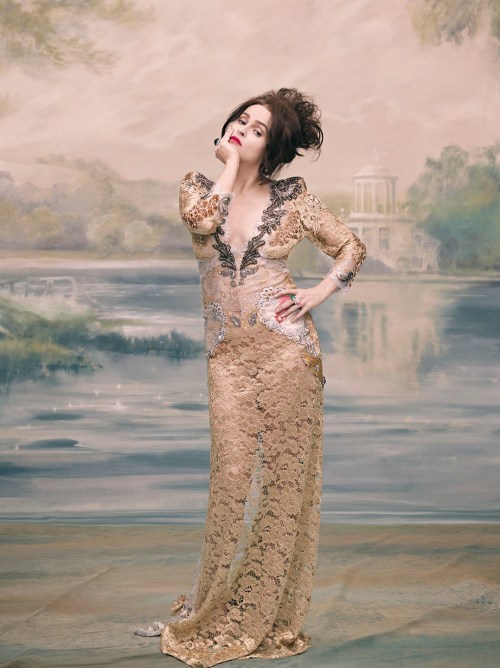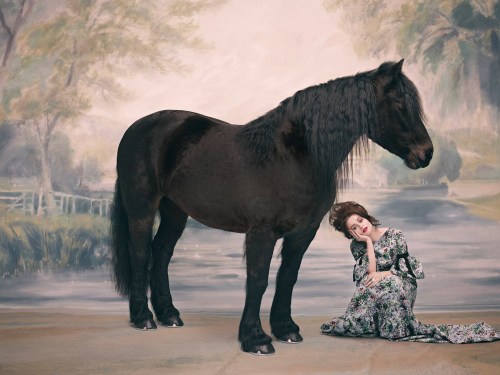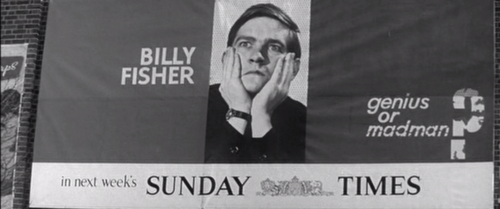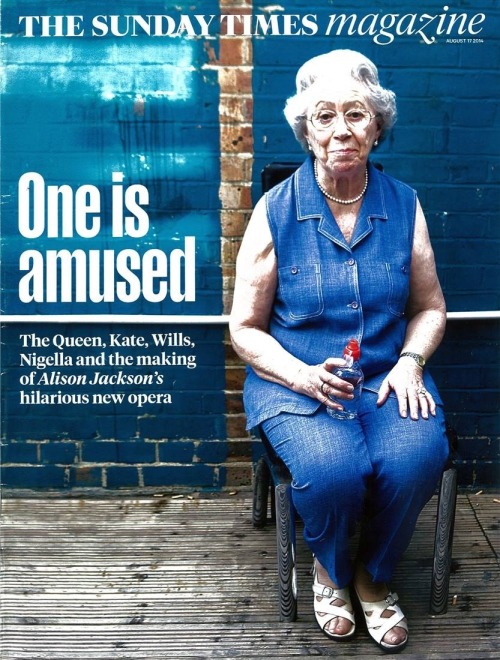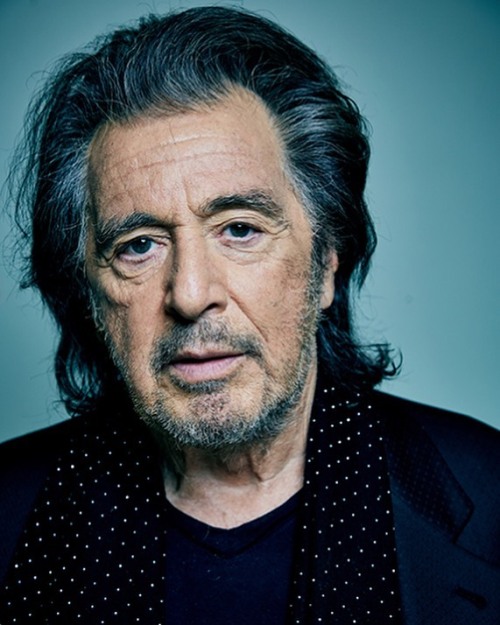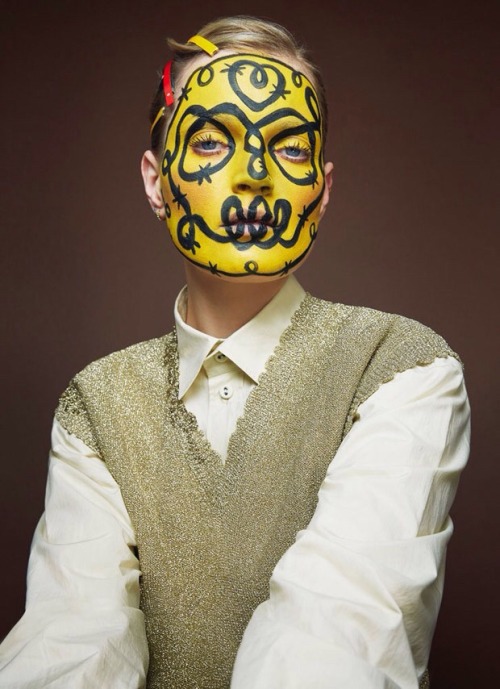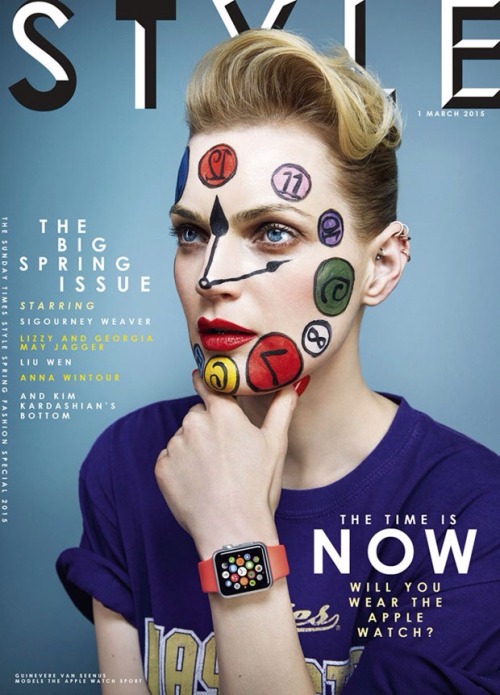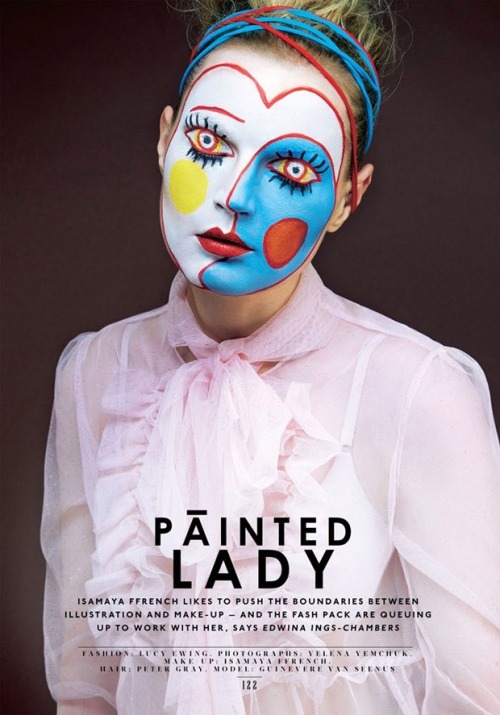#sunday times








Ben Whishaw Interview for Sunday Times
‘The Fifth Beatle’s Double Life’(TheSunday Times - December 5, 2021)
Craig Brown reveals how the band’s debonair manager Brian Epstein made them millions but was tortured by drugs, homosexuality - and a fixation with John Lennon.
[Below is Craig Brown’s introduction to a new edition of Epstein’s A Cellarful of Noise]
With his polite side-parting, unflashy suits, diffident manner and public-school accent, Brian Epstein appeared much more mature than the Beatles. In interviews, he would call them ‘my boys’ or ‘the boys’; they, in turn, would always refer to him as ‘Mr Epstein’.
So it comes as a surprise to realise he was only six years older than John and Ringo. In April 1964, when he embarked on this memoir, he was twenty-nine. That same month, the top five places in the American top ten were all occupied by the Beatles, and there were a further seven Beatles’ singles in the top one hundred, along with two songs about them – ‘We Love You Beatles’ by the Carefrees and ‘A Letter to the Beatles’ by the Four Preps.
Since February, they had become the four most famous young men in the world. Even Ringo Starr, the least prepossessing of the Beatles, had been made the subject of a song, ‘Ringo, I Love You’, written and produced by Phil Spector and sung by Bobbie Jo Mason, soon to become more famous as Cher.
Having engineered all this fame, Epstein was clearly in no mood to play it down. In A Cellarful of Noise he describes the Beatles as ‘a worldwide phenomenon, like nothing in any of our lifetimes, and like nothing any of us will ever see again’. Mixing condescension with a dash of hyperbole he writes, ‘The haunted, wonderful wistful eyes of little Ringo Starr from Liverpool’s Dingle are more instantly recognisable than any single feature of any of the world’s great statesmen.’
ACellarful of Noise is a period piece. At times the period seems much earlier than the 1960s, exhibiting the muscular snobbery of John Buchan or Baden-Powell. At one point Epstein declares that the Beatles ‘never sit while a woman stands’ and at another that ‘their naturalness … wins them the admiration of people like Lord Montgomery’. Of one of his artistes, Gerry Marsden, he boasts that ‘Princess Alexandra twice requested him for cabaret at society balls’.
Many of his observations about the world of pop are now as dated as the National Milk Bar in Liverpool where he and the boys tucked into four packets of biscuits to celebrate the promise of a recording session at EMI. ‘The disc charts cannot stand very many girls,’ he writes, ‘however gorgeous they may look on stage.’
Nearly sixty years on, the Beatles are still part of the air we breathe, but some of Epstein’s other artistes, as he always called them, have vanished without trace. Who remembers Tommy Quickly? Epstein confidently predicts ‘he is going to be a star’, but alas he never was. Taken up by Epstein, he left his job as a telephone fitter, changed his name from Quigley to Quickly, took part in three Beatles tours and recorded five singles, all flops. He retired from the music business in 1965.
Michael Haslam – ‘he, I believe, is going to be very big’ – was part of the Beatles Christmas Show at the Hammersmith Odeon for three weeks in 1963. He recorded two unsuccessful singles, both produced by George Martin, the last of which was called, ominously, ‘There Goes the Forgotten Man’. Eventually, he fell out with Brian Epstein over an expenses claim for a pair of socks. Epstein let him go, and in 1966 Haslam returned to his £15-a-week job on a fleshing machine at Walker and Martin’s tannery in Weston Street, Bolton. His fellow workers greeted his return with a jaunty banner that read, ‘Welcome back Mike. Top of the Flops.’
In contrast to the devil-may-care merriment of the Beatles, Brian Epstein cultivated a reserved, fastidious air. He wore a Burberry raincoat, well-polished buckled shoes, gold cufflinks, a monogrammed shirt and a Christian Dior silk tie or a polka-dot cravat. ‘He was immaculate from head to toe, like Cary Grant,’ recalled Cilla Black. ‘He was everything you wanted a posh fella to look like.’ His Liverpool tailor, George Hayes, maintained that he always looked as if he’d just stepped out of the bath.
Epstein would have preferred Godfrey Winn or Beverley Nichols, well-manicured household names, to ghostwrite his memoir, but his publisher, Ernest Hecht, vetoed them for being ‘far too pricey and the wrong image’. In the end, Epstein settled for Derek Taylor, then a showbiz journalist on the Daily Express, but soon to become the Beatles’ press officer.
The two men motored down to the Imperial Hotel, Torquay in Epstein’s chauffeur-driven Rolls-Royce. Taylor was particularly impressed by the electric windows. ‘I’d never seen such a thing.’ The two men got on well. In their first session Epstein opened up about his uneasy childhood and troubled adolescence, but he hesitated before revealing his greatest secret. There came a point when he realised he would have to broach the subject. Over lunch, he suddenly asked, ‘Did you know that I was queer?’ ‘No, I didn’t,’ replied Taylor. ‘Well, I am, and if we’re going to do this book I’m going to have to stop buggering about saying I was with this girl when I would not be with a girl, it would be a boy. Does that make any difference?’
It must have been an agonising confession – in 1964 homosexuality was still an imprisonable offence – but Taylor was unfazed. ‘No,’ he remembered saying, ‘it doesn’t make any difference. It’ll make it a lot easier. So you mustn’t worry any more, difficult as it may be to convince you perhaps, but I won’t ever let you down.’
Between the two of them, they conspired to render everything seemly. The book makes no mention of Epstein’s sexuality or the deep torment it caused him. Of his time in National Service, for instance, we hear simply that he was ‘the lousiest soldier in the world’. Wearing a pinstriped suit and a bowler hat, he was charged with impersonating an officer and confined to barracks. This caused his nerves to become ‘seriously upset’. Psychiatrists decided he was ‘a compulsive civilian and quite unfit for military service’, so he was ‘discharged on medical grounds’.
The truth is both more fraught and more interesting. Stationed at the Albany Barracks in Regent’s Park, Epstein had hated his ‘hideous’ private’s uniform and had asked his tailor to run him up a rather more elegant officer’s outfit, which he then wore to cruise the West End in search of young men. At the Army and Navy Club on Piccadilly, military police arrested him and charged him with impersonating an officer. His parents employed lawyers, who succeeded in saving him from a court martial. He was eventually discharged for being ‘emotionally and mentally unfit’ – code for homosexuality.
Elsewhere in the book Epstein claims, ‘I lost a girlfriend called Rita Harris who worked for me and who said, “I’m not going to compete with four kids who think they’re entering the big time”.’ In reality, ‘Rita’ was a boy.
In his unpublished diaries he was much less guarded, confessing that, after leaving the army, ‘My life became a succession of mental illnesses and sordid, unhappy events bringing great sorrow to my family.’ It now seems probable that his sexuality led to his torment and his torment led, eventually, to his death. John Lennon’s school friend Pete Shotton noted, ‘Not only was Brian homosexual; he was sexually aroused by precisely those traits that otherwise most affronted or menaced him: qualities like vulgarity, insolence, callousness, and aggressiveness, all so abundantly on display in the persona of the Beatles’ rhythm guitarist … Brian Epstein was irredeemably mesmerised by the one whose demeanour most resembled that of a caged animal.’
True to character, John Lennon taunted him about the memoir. When Epstein was wondering out loud what to call it, Lennon said, ‘Why don’t you call it Queer Jew?’ Later, when Epstein said it was called A Cellarful of Noise, Lennon replied that he would be better off calling it A Cellarful of Boys.
The self-portrait in A Cellarful of Noise may be partial, but it is not untrue. Epstein portrays himself as lonely, businesslike, scrupulous, obsessive, shrewd, awkward and pernickety, all of which he was. Now that we know how his story ended, the odd phrase flashes on the page like a fork of lightning. Quite late in the book, he confesses that the strain of being in sole charge of management ‘continues and increases and thrives like a malignant disease’. Soon after, he talks of the pressures he is under. ‘The chief of them is loneliness, for ultimately I must bear the strain alone, not only in the office or the theatre, but at home in the small hours.’
He was fanatical, in both senses of the word. When he writes ‘I can think of no warmer experience than to be in a vast audience at a Beatles concert’ he is guilty only of understatement. The four Beatles were everything he could never be. He told an interviewer in 1964 that the Beatles ‘represented the direct, unselfconscious, goodnatured, uninhibited human relationships which I hadn’t found and had wanted and felt deprived of. And my own sense of inferiority evaporated with the Beatles because I knew I could help them, and that they wanted me to help them, and trusted me to help them.’
Simon Napier-Bell, manager of the Yardbirds, Wham! and many others, once recalled Epstein telling him that at a Beatles stadium concert in America ‘he went into the crowd of girls and he just screamed like one of the girls, which he said is what he’d always wanted to do from the first minute he’d ever seen them. He had spent his whole life being restrained and wearing suits and suddenly he just screamed and became the mad fan he wanted to be.’
John, Paul, George and Ringo sometimes went wild, and sometimes behaved foolishly, but they were always able to adapt and move on. They were survivors. Each of them was equipped with a safety valve. But for all his extraordinary abilities, for all his carefully buttoned-up exterior, Brian Epstein was not. He could manage others, but he could never manage himself; he lived in perpetual jeopardy. He took drugs – uppers, downers, acid, heroin, coke – far more recklessly than his boys, and was known to gamble away £20,000 in a single night. Nor could he resist picking up the type of young man who would steal from him, beat him up and blackmail him.
‘Eppy seems to be in a terrible state,’ John told Pete Shotton one night. ‘The guy’s head’s a total mess, and we’re all really worried about him.’ John then played a tape. Pete described it as ‘one of the most harrowing performances I’ve ever heard’, adding, The recording was barely recognisable as that of a human voice, alternately groaning, grunting and shrieking words which, even when decipherable, made no apparent sense whatsoever. The man on the tape was obviously suffering from great emotional stress, and very likely under the influence of some extremely potent drugs.
‘What the fuck’s all that, John?’ I said incredulously.
‘Don’t you recognise the voice? That’s Brian. He made the tape for me in his house. I don’t know why he sent it, but he’s trying to tell me something – fuck knows what. He just can’t seem to communicate with us in his usual way any more.’
Three years after the publication of A Cellarful of Noise, on Sunday 27 August 1967, Brian Epstein was found dead in the bedroom of his house in Belgravia. Two brief suicide notes were found, hidden away in a book, but they were both dated several weeks before. At the inquest his psychiatrist Dr Flood reported that ‘his main complaint was insomnia, anxiety and depression’. Epstein had, he said, ‘always shown some signs of emotional instability … The patient was homosexual, but had been unable to come to terms with this problem.’ Recording a verdict of accidental death, the coroner said that it was due to poisoning by the sedative Carbitral, caused by an incautious self-overdose.
Together, the Beatles went round to comfort Brian’s mother, Queenie. They wanted to attend his funeral, but Queenie dreaded it turning into a media circus, and thought it best if they stayed away. ‘They were like four lost children,’ she recalled.
In the vast Beatles Story Museum in Liverpool, just around the corner from the cabinet containing the four Sgt. Pepper costumes and housed in a glass case of its own, stands a dapper knee-length blue coat with three shiny buttons. It dresses a headless mannequin. A little triangle of sharp white shirt and a paisley tie poke out through the top. The caption on the cabinet reads, ‘Brian’s wool and cashmere coat made by Aquascutum of Regent Street’.
Had he lived, Brian Epstein would now be pushing ninety. He would probably control the Beatles Story Museum and have ensured the Beatles a decent share of the profits. He would undoubtedly have expanded his empire. Over the past fifty-odd years society’s misgivings about his homosexuality would have transformed into qualifications. By now he would be Sir Brian Epstein, or perhaps even Lord Epstein of Belgravia, a valued board member of the Garrick Club, Tate Modern and the Liverpool Institute of Performing Arts.
Instead, he lies buried in Everton Cemetery, while his Aquascutum coat, spick and span as ever, retains a life of its own, resplendent under a spotlight in its glass case, admired by 300,000 people a year. It is a modern relic or, in sacramental terms, an outward sign of inward grace. In gold letters, embossed on the bottom of the case, is a quote from Paul McCartney: ‘If anyone was the fifth Beatle, it was Brian.’
Post link
“Painted Lady” Sunday Times Style Mag April 2015. Guinevere Van Seenus by Yelena Yemchuk, styling Lucy Ewing & makeup by Isamaya Ffrench.
Post link




